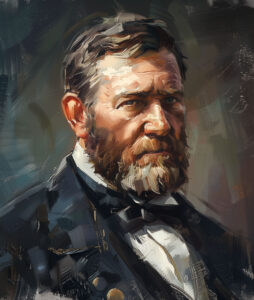Drawn with the Sword: Reflections on the Civil War, by James M. McPherson, Oxford University Press, New York,1996, $25.
There are some books that you feel you ought to read, and there are other books that you can enjoy reading. Occasionally, a book comes along that falls into both categories. James McPherson produced such a book a few years ago with his best-selling one-volume study of the Civil War, Battle Cry of Freedom.
Not everyone is going to like McPherson’s new book, Drawn With the Sword. If you don’t believe that slavery was the only real cause of the war, don’t waste your time reading McPherson. He has never hidden the fact that he believes that slavery wasthe one issue that fatally divided North and South. McPherson gives grudging credit to other issues, such as states’ rights, but to him, the bottom line is slavery.
If McPherson’s obsession with slavery does not turn you off, you’ll probably enjoy Drawn With the Sword. In the 15 essays that make up the book, McPherson explores a variety of subjects ranging from the causes of the war to how the South almost won and why the war still fascinates us today. Fourteen of the essays have been previously published, but were revised for this edition. The one new piece “What’s The Matter With History?” is worth the price of admission itself.
McPherson hoped, with this work, to reach the three audiences that he feels all readers of history fall into: professional historians, Civil War buffs and general readers. He has succeeded admirably in this goal. Not only does he make you think,re-examining issues that have reached the point of seeming almost “cut-and-dried,” but he does so in a manner that is enjoyable to read. If more professional historians approached their task with the grace and touch of McPherson, there would be no need to ask, “What’s the matter with history?” You may not always agree with McPherson’s conclusions, but you can’t read Drawn With the Sword without giving some consideration to his point of view.
B. Keith Toney




